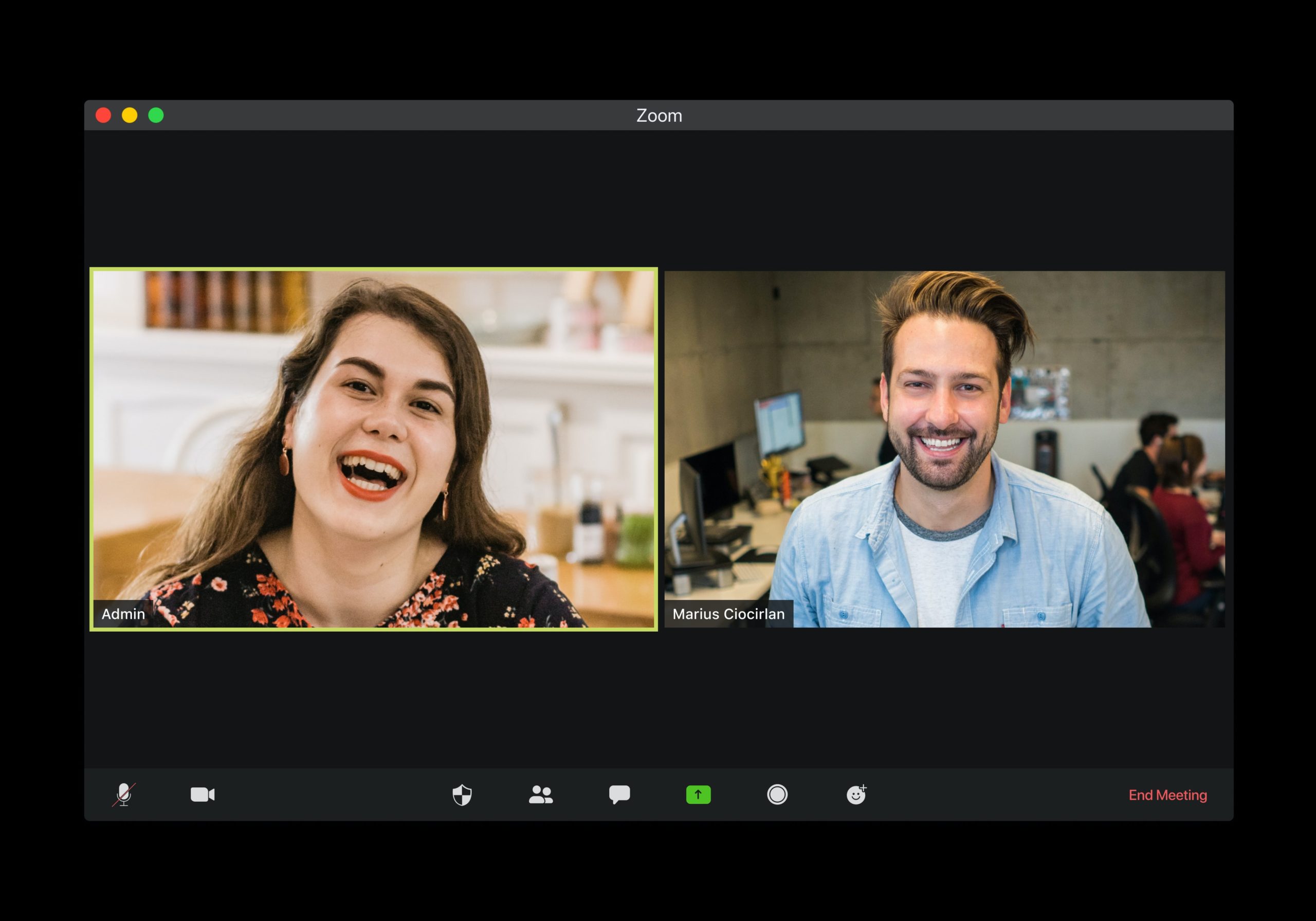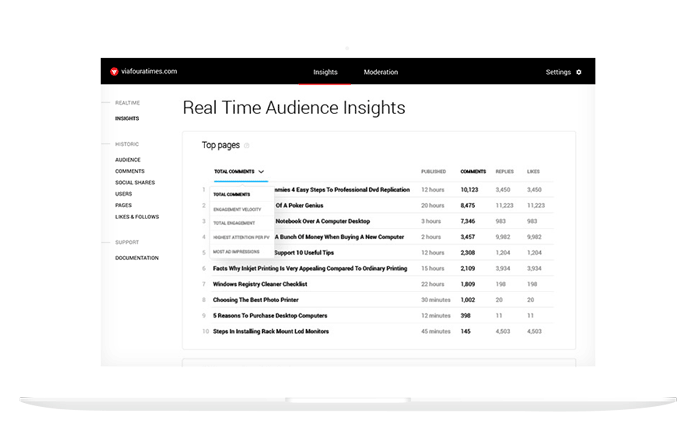Businesses face an ever-expanding digital consumer market, and it’s important to adapt to this shift in user preferences and respond with the provision of a well-designed, web-based platform that offers a unique and customized customer experience. The key to success lies in establishing a reliable web presence that inspires trust, loyalty, and a sense of community around your brand, which makes it extremely important to know how to build an online community for yourself.
There are a lot of benefits that come with building an online community; an increased ROI, a base of loyal customers, and a surge in brand awareness. Regardless of the industry, brand, or market sector, well-built virtual platforms that can sustain a growing, engaged community are a tremendous asset to your business and should be highly prioritized within your marketing strategy.
In this article, we’ll go over what an online community is and examples of the various types, how to build an online community, and some of the best practices for when you’ve put together your own.
What is An Online Community
An online community revolves around bringing people together around a specific concept, subject, or purpose. Depending on your organizational goals and the digital platform you choose, your users could share their opinions about a topic, go over educational resources, and even collaborate on projects.
So when you decide to build an online community, the first thing you have to consider is its purpose. To help you sort this out, here are some examples of online communities modeled around specific goals.
Interest-based community
As you might have guessed, these communities form around shared interests, hobbies, or pursuits. These are usually formed around recreational activities, and people in these communities are passionate about its basis. For instance, book clubs, wine tasters, coffee blend aficionados and sports fans are all great examples of this type of community.

Geographic location-based community
It is common to see these communities formed in small neighborhoods or towns. They’re usually built around a sense of neighbourhood, and often involve posting updates on the happenings around the neighbourhood, ranging from information regarding community projects, the best places to eat, and public service announcements.
Profession-based community
Some online communities are dedicated to connecting people that work in the same industries to share tips, solve problems, and find work. These groups share similar experiences in their work life, and their members can understand the unique challenges or circumstances that come with the profession, which can make them particularly well-knit at times.

Learning-based community
These types of communities are very common, and its members are brought together after they subscribe to a course or purchase a membership for an instructional or educational program. Some examples of this include communities built around continuing education courses, language study, and vocational training. These communities benefit from exchanging information, knowledge, and study materials with their peers.
Brand-based community
These types of communities are the most relevant to business, retailers, and media brands looking to engage with their customer audience. They’re specifically built around the user’s shared experiences with a particular brand, and are usually fostered by feelings of satisfaction, loyalty, and pride that are a result of a great customer experience.
How To Create An Online Community?
Now that you’re aware of the benefits of creating an online community and how it can benefit both your brand and your audience, we’ve put together a step-by-step guide on how to build an online community for your brand.
1. Choose the platform and outline your goals
As we mentioned before, the first thing you need to do is determine your brand goals and the purpose of the online community. This will probably align closely with your business goals, and will ultimately shape the way you engage with your audience and increase the appeal of your community.
2. Create guidelines
If you are going to build an online community, then you need to determine a set of rules to regulate the behavior of your members. Remember that you want to avoid any harassment, spam content, and illegal posts, and generally want to create a positive, brand-focused environment that makes your users excited about your content. Make these guidelines clear and readily available, and have systems and tools in place to enforce them when necessary.
3. Set up the community
Review some of the key features needed when figuring out how to create an online community. Ensure all the basics of user personalization are in-place, and make sure the tools your audience has access to for community engagement are functioning as intended. Ensure your content is separated by categories and tags so users can easily find the information they are looking for. Finally, also make sure your sign-in process is clear and bug-free so users can build their identities without issue.
4. Strategic engagement and community growth
A big part of engagement is input from your side as the brand. Engaging with your community by asking questions or proposing topics to discuss offers new sources of discussion, and your presence within the community will show your users that you’re taking an active, forward-facing role in its growth. Use the tools your audience does to promote discourse; like favorable posts, post comments and responses to questions, address complaints promptly and transparently. These are all great ways to develop community trust and growth.
Best Practices When Looking To Build An Online Community:
When it comes to building an online community, there are no shortcuts. Having an audience engagement strategy is the first step towards establishing a meaningful connection with your customers. Below are some of the best practices to keep in mind when creating your strategy for an online community.
Be Personable
The key to building a thriving digital community is by focusing on audience engagement. By nature, human beings want to connect and talk about things that matter to them, such as current events, their interests, or hobbies. Expressing what your organization stands for and infusing your brand’s unique perspective into your content can help connect with audience members who share the same views. This is the first step to building a lasting relationship with the members of your online community. Take the time you need to actively communicate with your audience and participate in the discourse, and you’ll see fantastic results in return.
Get to Know Your Audience
Providing an engaging digital space for your audience to engage and interact in requires both a keen understanding of community essentials as well as web elements and software. If you don’t have either of these, that’s okay!
At Viafoura, we offer an end-to-end platform that can help you engage with your web audience and convert them into members of a community. Our customizable and scalable solutions can help you convert first time visitors and unknown audiences into loyal subscribers. Check out our unique suite of solutions here to learn more about the ways in which online community management and engagement software can help you provide a unique experience for your audience.

Take Advantage of Tools
Building a community online comes with a number of responsibilities that can get daunting if you don’t utilize specialized tools. Connecting your social media tools to your online community platform can also be a challenge.
At Viafoura, we offer an end-to-end platform that can help you engage with your community and convert them into leads. Our customizable and scalable solution can help you uncover loyal subscribers and turn them into your brand’s ambassadors. Check out our unique platform here.


